In the first weeks of October, 2021, I traveled to Del Rio, Texas to paint the 26th installment in the Endangered Species Mural Project, an effort to paint murals of threatened flora and fauna in the towns and cities of North America that I’ve been coordinating for the past 7 years. The project is mostly sponsored by the Center for Biological Diversity, and each mural is developed with local partners, scientists, and organizers.
This particular mural was created in partnership with Del Rio’s legendary cultural organization Casa de la Cultura, an institution founded in the 80’s by Chicano youth organizers to preserve and enhance the city’s culture and history. I worked with Casa’s director Lupita De La Paz to identify a wall to paint on in the downtown area.
Lupita and I had been connected by the National Park Service’s Amanda Curtis in 2018 after I had begun reaching out to scientists and activists in the region to help find a site for a mural related to the cave fauna of the region. Some of the cave biologists (including Jean Krejca and Andy Gluesenkamp) that I talked to recommended the Mexican Blindcat as a subject.
The Blindcat is a small, blind, cave-dwelling catfish that inhabits the sinkholes, caves and underground rivers that connect Texas with the state of Coahuila in Mexico. Originally known only from Mexico, the species was discovered in caves in the Amistad National Recreation Area just north of Del Rio in 2016. The discovery proved what many scientists had long suspected- the underground watercourses that the Blindcat inhabited formed an interconnected subterranean complex of caves and freshwater systems that passed back and forth beneath the borderlands. The Blindcat had been protected as endangered in Mexico, and assumed that protection immediately on its discovery in the US. This small, obscure fish moves through the cold and lightless depths of the landscape, oblivious to the border that passes overhead.
Painting the mural went pretty smoothly; it was nice to have a small, smooth wall to work on after a year and a half of not painting in the pandemic.






The Del Rio area is home to a body of rock art from 3500-5000 years ago, known as the Pecos River style. These ancient murals are painted with mineral paints in caves, grottos, and rockshelters in an area of about a fifty mile radius centered on the Amistad reservoir. They depict a complex spiritual tradition, with recurring emblems and characters that represent archetypes and entities within the Pecos River culture’s tradition. I got the coordinates to one site known as the Curly Tailed Panther and headed out to visit it early one morning before painting. I found it, after some false starts on steep cliffs, high above Devils River in a beautiful cave with a sweeping view of the river and the land beyond. I sat there for a long time in the swirling clouds, watching lizards and imagining the process of daubing this form on these rocks four millenia ago.



A few days later, as I was wrapping up, I went to a nearby state park where more rock art panels are found and happened into a visit to the White Shaman Mural. This wall painting is found above the Pecos River down a steep trail through limestone and scrubby trees, desert foliage bursting with green after recent rains. The mural, in a west-facing cave, is rendered in four colors and shows, according to the knowledgeable guide from the museum that administers the site, a moon-goddess passing through the veils between different planes of existence, interacting with an enormous personifaction of the earth in the avatar of a catfish.




A Catfish? A mural of a catfish? It was extremely disorienting to look at this image and imagine someone thinking about catfish four thousand years ago, tracing their shape onto this rough limestone undercut. The culture that created these murals moved freely across this landscape in pursuit of their traditions, and just like the blindcat moving on its underground rivers, there was no border here, no way to separate one part of the landscape from another- it was just the land, as it had always been.
Back in Del Rio we had a great turnout for the community celebration of the mural. Biologist Andy Gluesenkamp spoke about the discovery of the blindcat and NPS ranger Sarah Howard spoke about the conservation work going on in the Amistad Recreation Area to preserve the blindcat’s habitat. Huge thanks to Lupita for all of her help organizing this event! She recruited a popular local band, Family Jewelz, who were still rocking the crowd when I packed it in about an hour later.
Read more about the history and conservation of the blindcat here, and read about the White Shaman mural and the Pecos River rock paintings here.
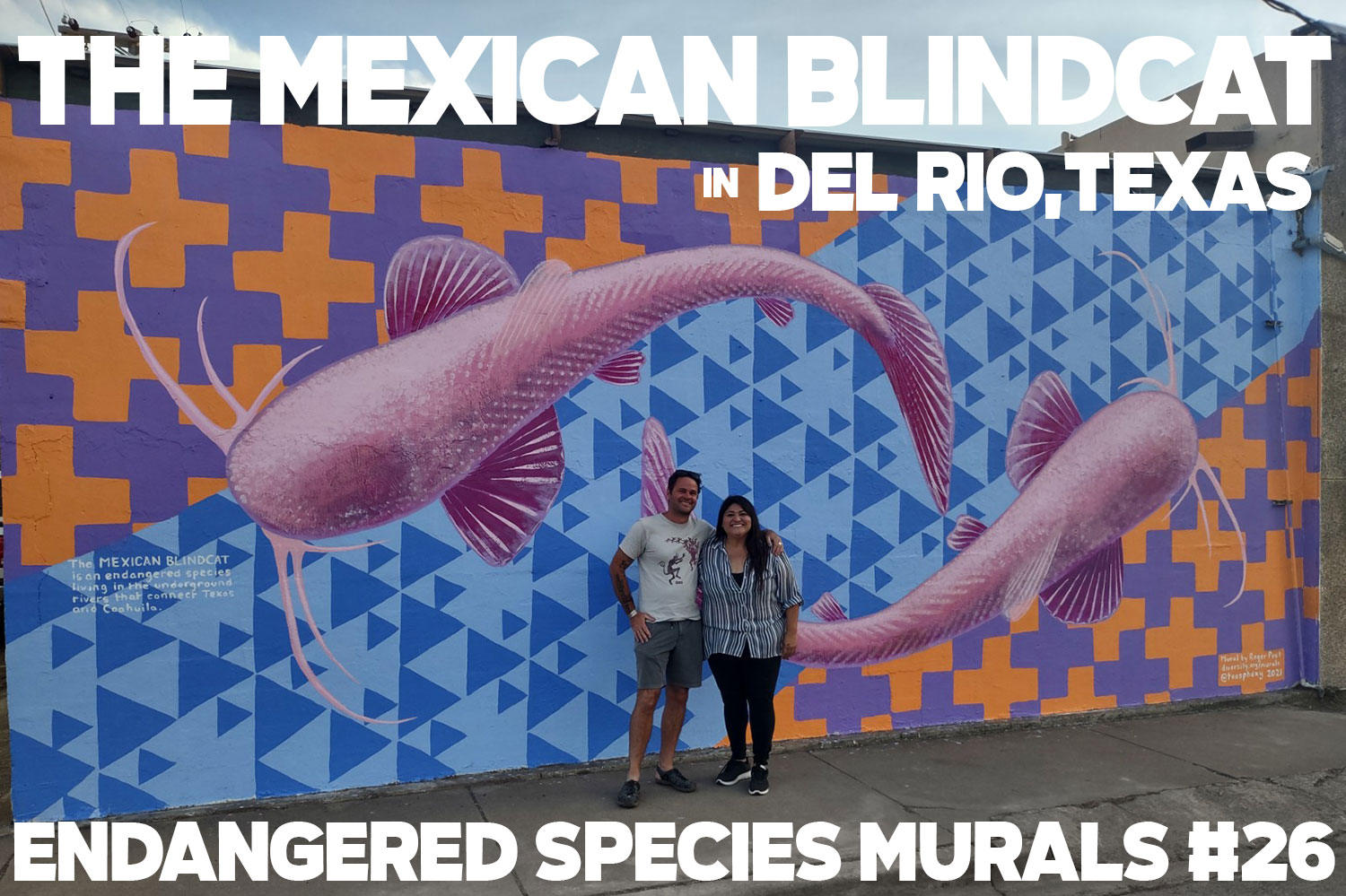
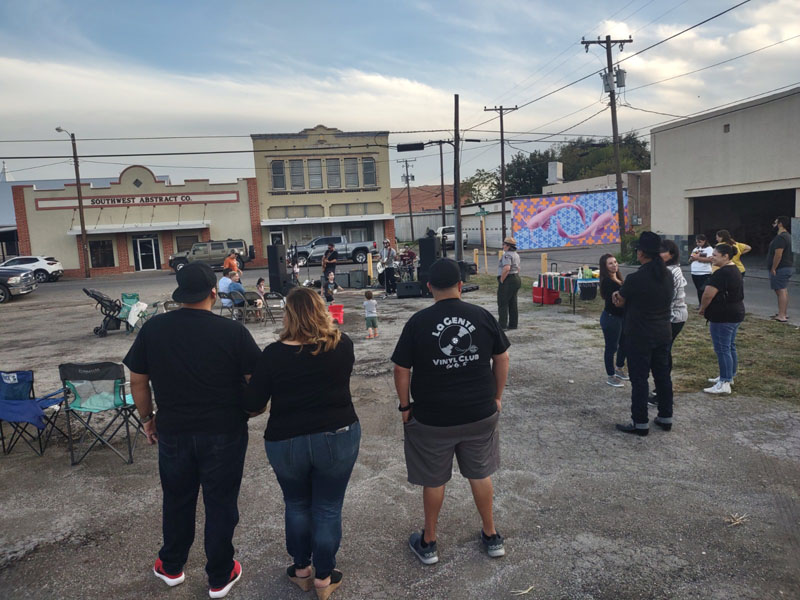
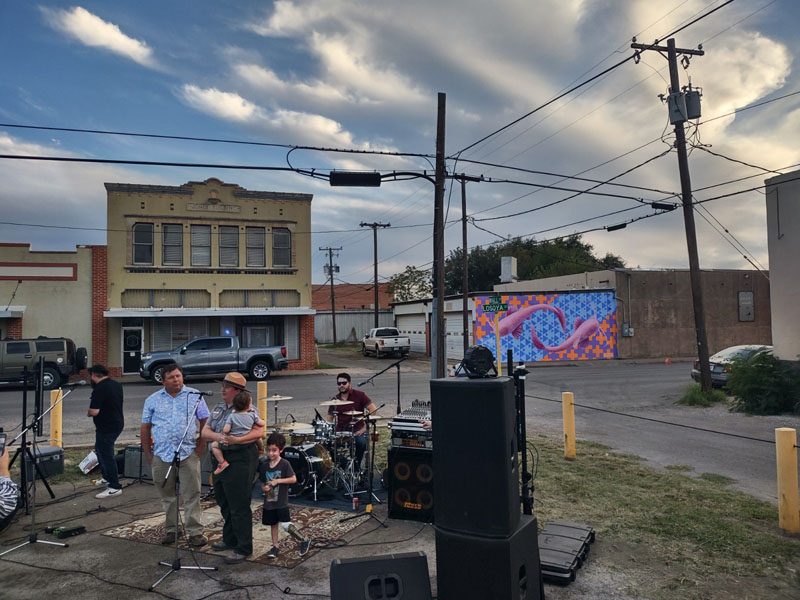
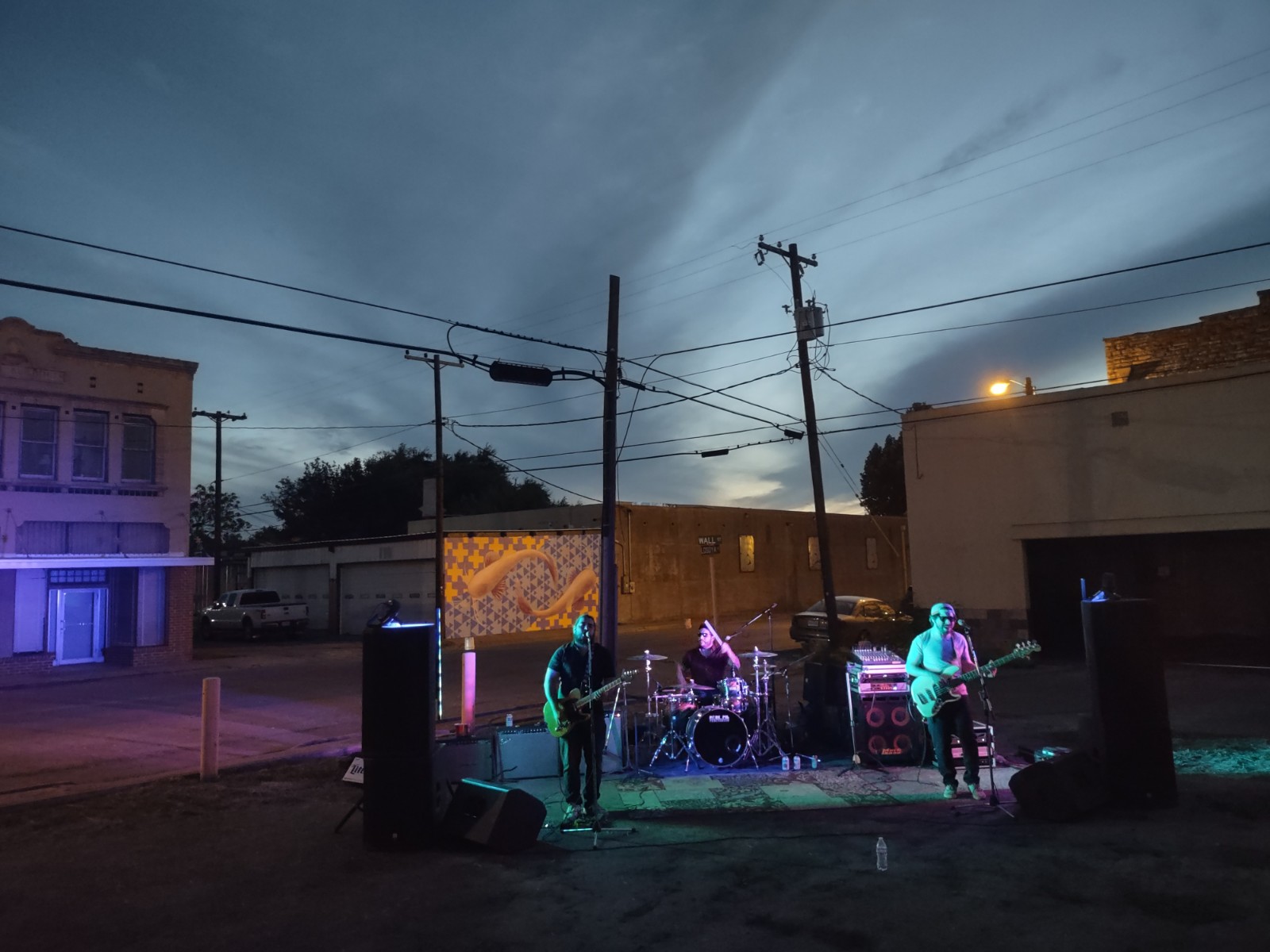
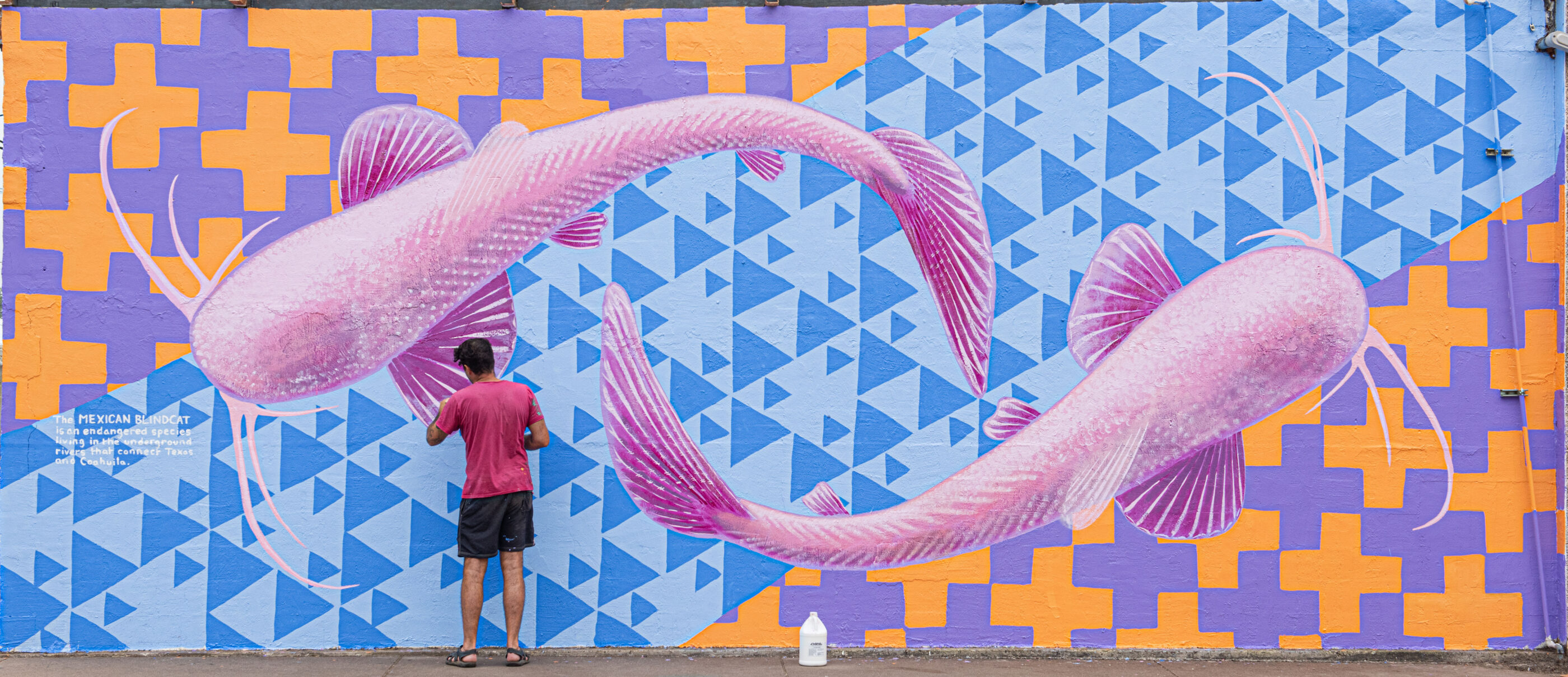




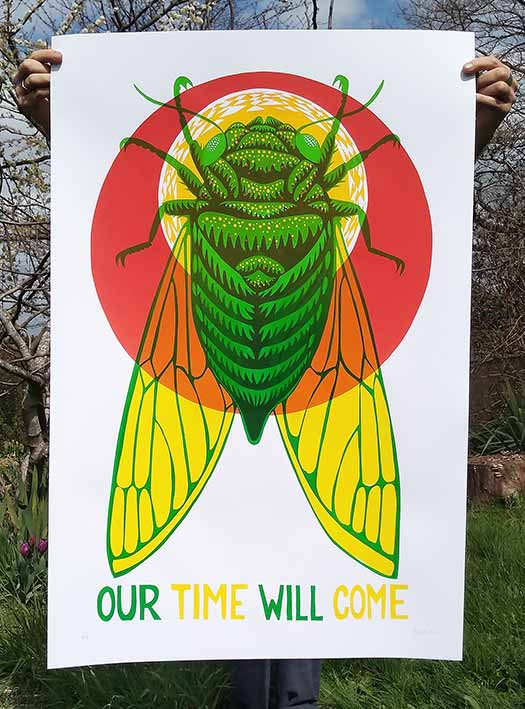
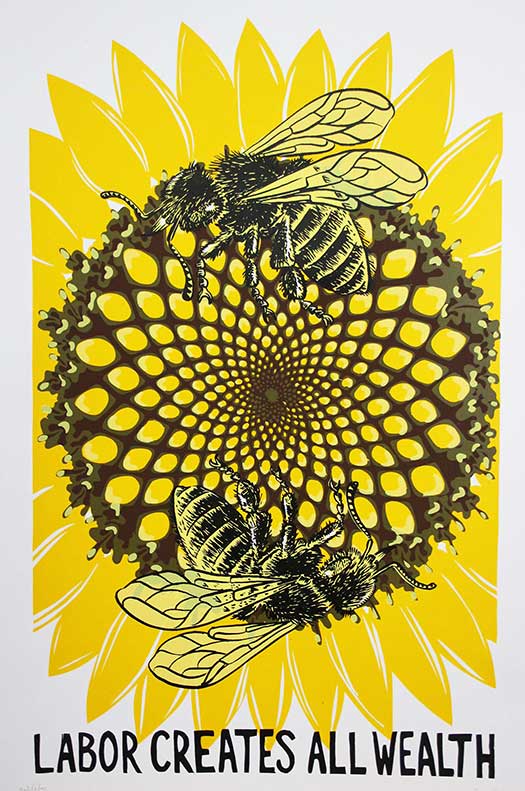
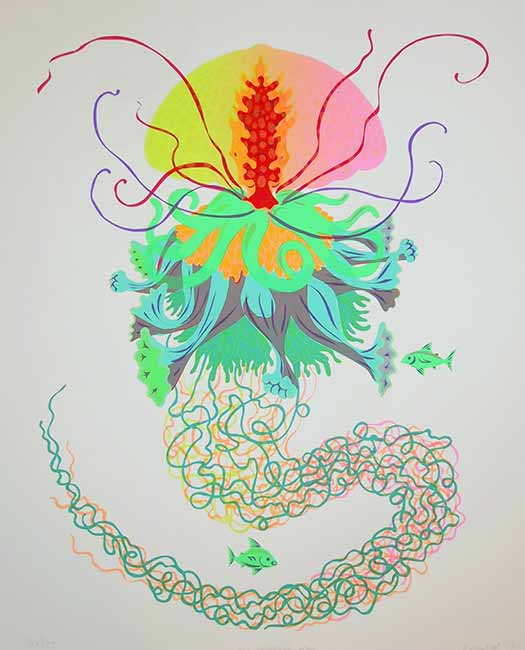

Beautiful work, Roger.
This is a monumental story on a monumental subject. Thank you.